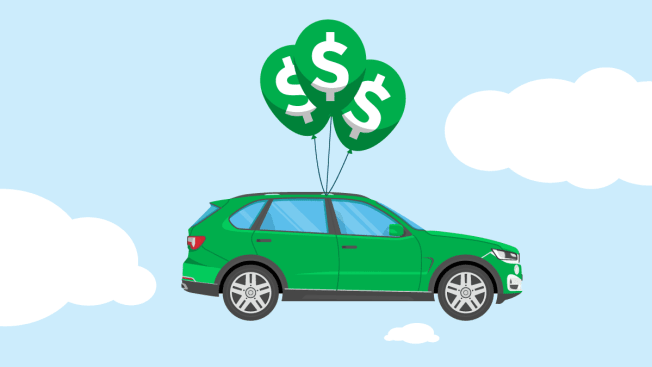7 Ways to Keep Your Car Insurance Costs Down
Many people's premiums are going way up. You can reduce them with these strategies.

After a COVID-related decline, many Americans are facing rising car insurance rates for the second year in a row. But there are steps you can take to keep your own costs down.
Premiums began rising in 2021—and this year’s increase will be the largest in six years, according to a recent report from ValuePenguin, a site that publishes personal finance research.
Since 2017, average annual premiums have increased 16.5 percent, according to the study, which was based on data from large insurers’ rate filings. On average, full insurance coverage now costs $1,780 a year.
Controlling Your Car Insurance Costs
Despite the rising cost of coverage, many people tend to stick with their current insurer instead of shopping around for a better deal.
A 2022 national survey conducted by Ipsos for Consumer Reports found that 15 percent of drivers have remained with their current insurer for 25 years or longer. But it’s essential to compare rates annually.
Follow these guidelines to help balance a good deal with smart coverage choices:
- Shop strategically. Start by contacting direct-writer insurers such as Amica and USAA, which have their own agents and offer competitive prices. Then go to an independent agent to see whether they can find a better rate through a different insurance company.
- Choose a top-rated insurer. A low premium isn’t the only key factor; you also want an insurer that provides fair and fast claims settlements, good customer service, and help and advice. You can see how carriers stack up on these measures in our car insurance ratings.
- Drive carefully. Driving violations or claims can push your rates up sharply. Citations for texting or using a cell phone while driving hike your premium by more than 20 percent on average, according to a 2020 study from Zebra, an insurance comparison site. Speeding, DUIs, and crashes pump up insurance costs significantly, too.
- Don’t skimp on essential coverage. Make sure you carry enough liability coverage, which pays for bodily injury and property damage that you may cause to someone else in a crash. Get more than the legal minimum even if you don’t have much in assets to protect. Depending on your state, a portion of your wages could be garnished in a judgment against you. You can get more details on this and other coverage to consider in our car insurance buying guide.
- Look for cost-cutting options. Choosing a $1,000 comprehensive and collision deductible instead of $500 can reduce your costs by more than 10 percent, according to Douglas Heller, an insurance expert at the Consumer Federation of America. Or if your car is older, think about canceling your collision and comprehensive altogether, because you could end up paying more than you would get back in repair or replacement costs. Plus, some insurers offer telematics programs that promise discounts for safe drivers who agree to install an app or a device that tracks their driving characteristics—look into telematics options if you’re willing to share that information with your insurer.
- Downsize your vehicle, if it’s an option. If you no longer need that big truck or minivan, consider trading it in for a smaller car. A crossover costs about $500 less every year to insure than an SUV, according to ValuePenguin.
- Drive less, if you can. Insurers charge higher rates to drivers who spend more time on the road, because each extra mile you drive increases your risk of getting into a collision. If you’re able to replace some car trips with transit, biking, or walking, your premiums will go down—and you’ll save on fuel and maintenance, too.

















